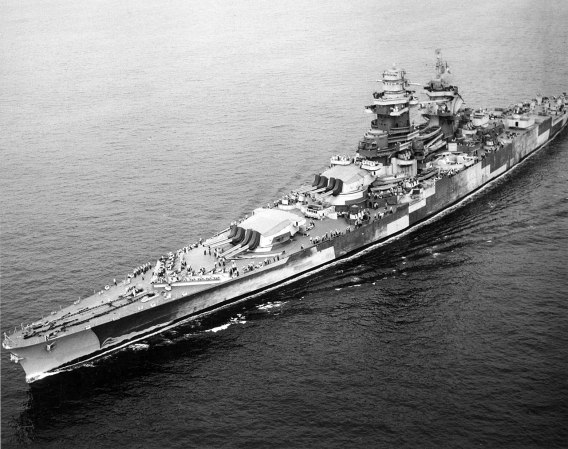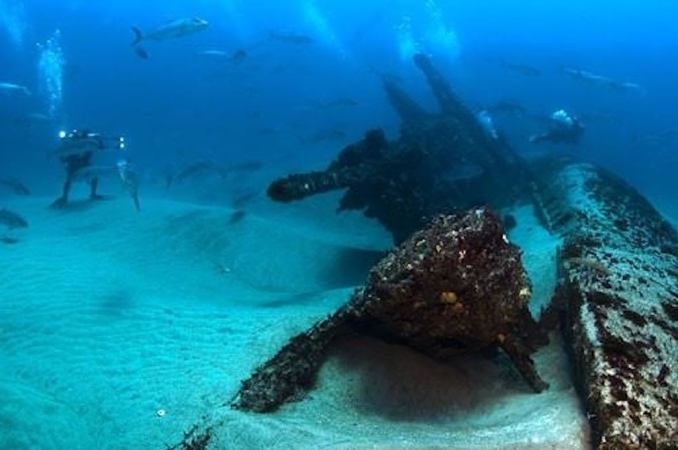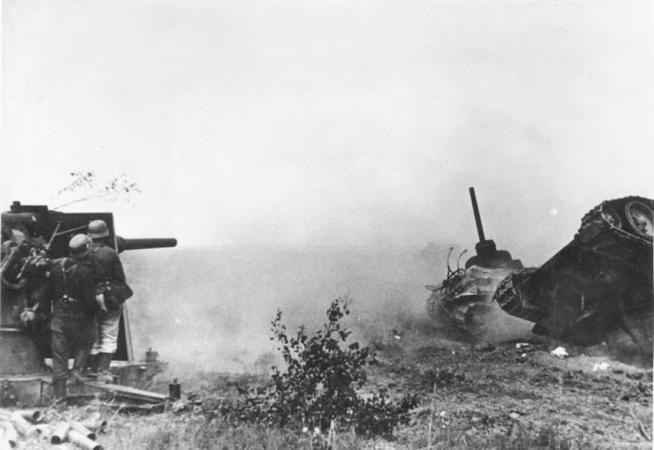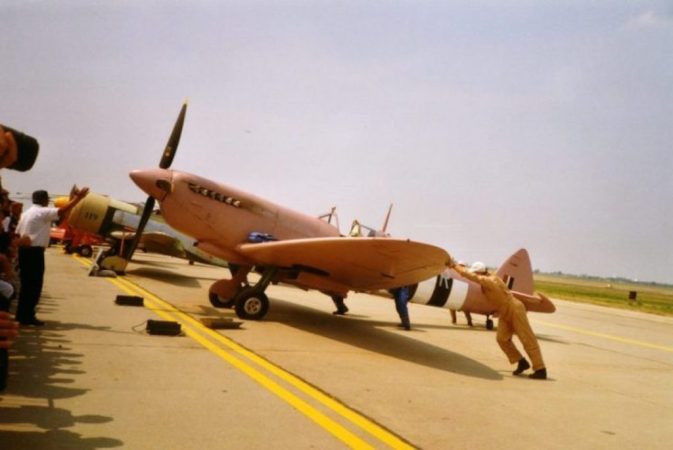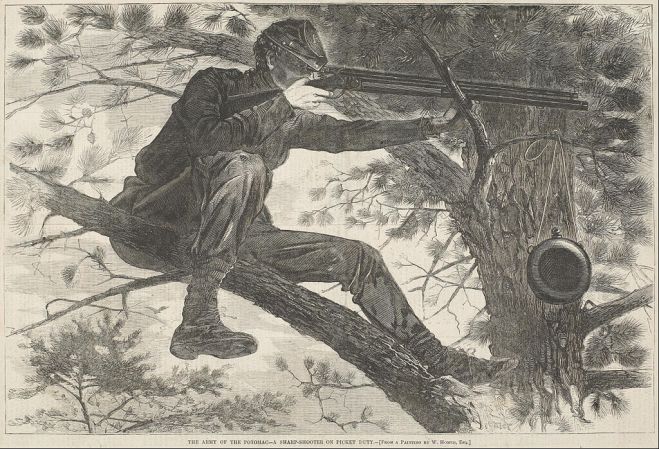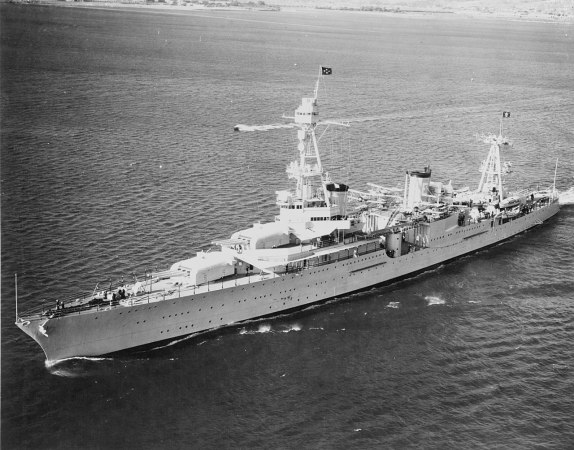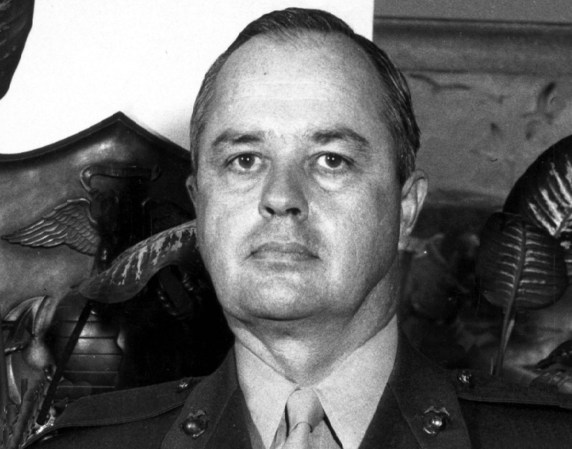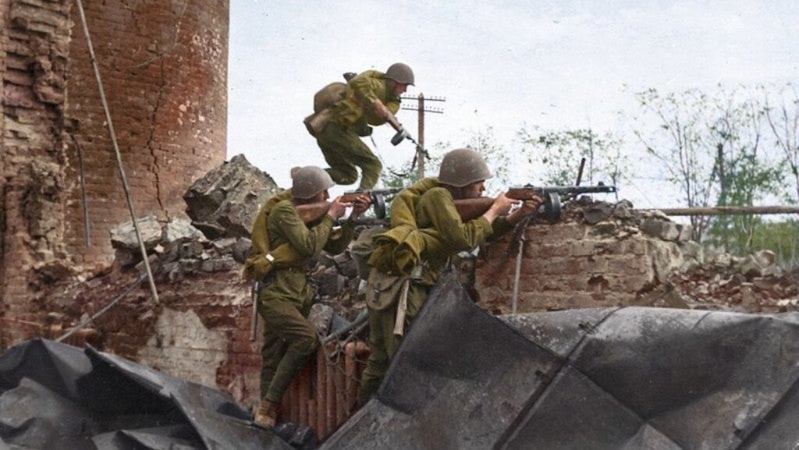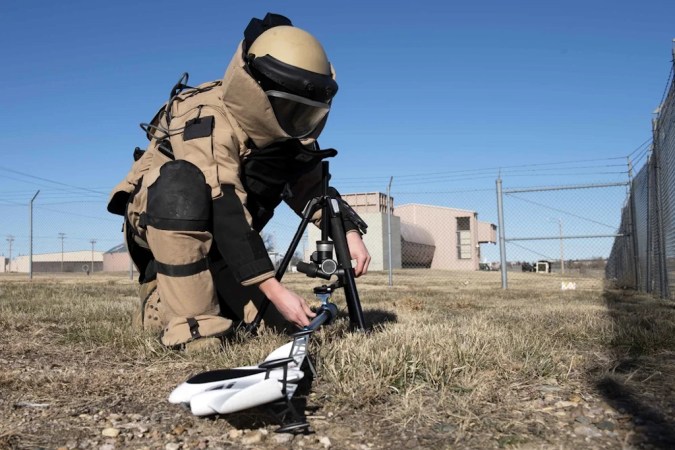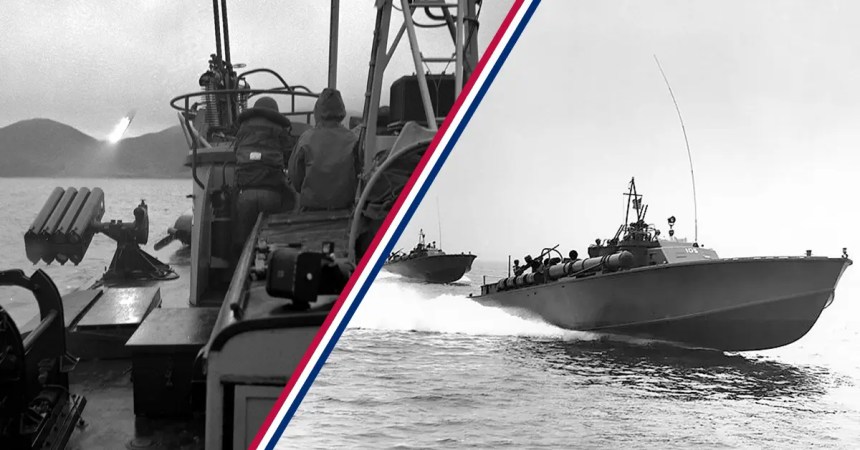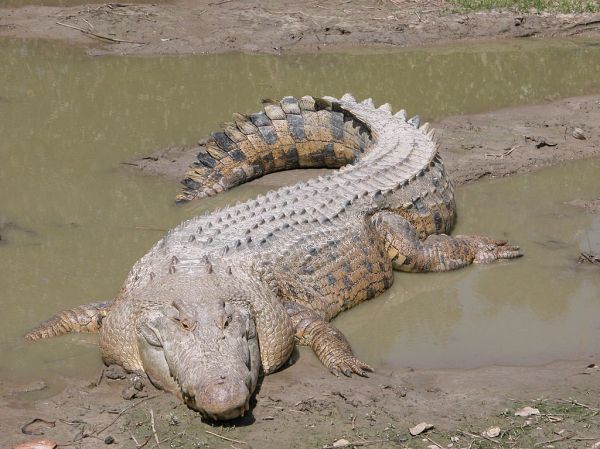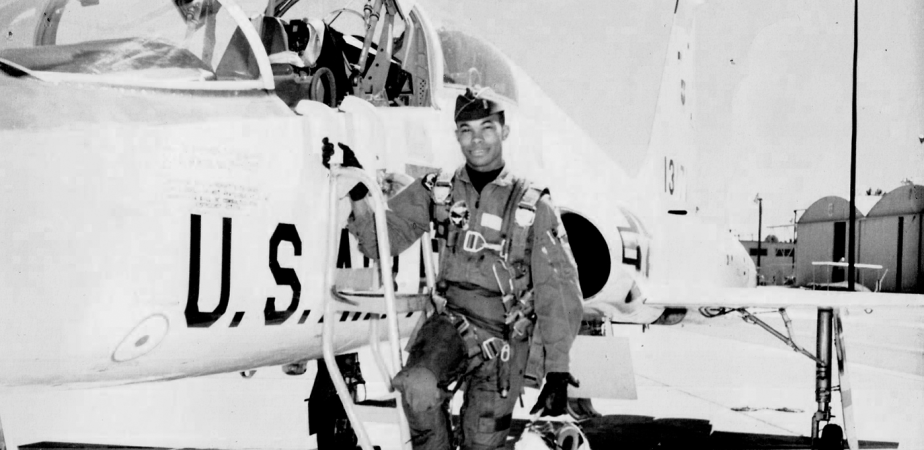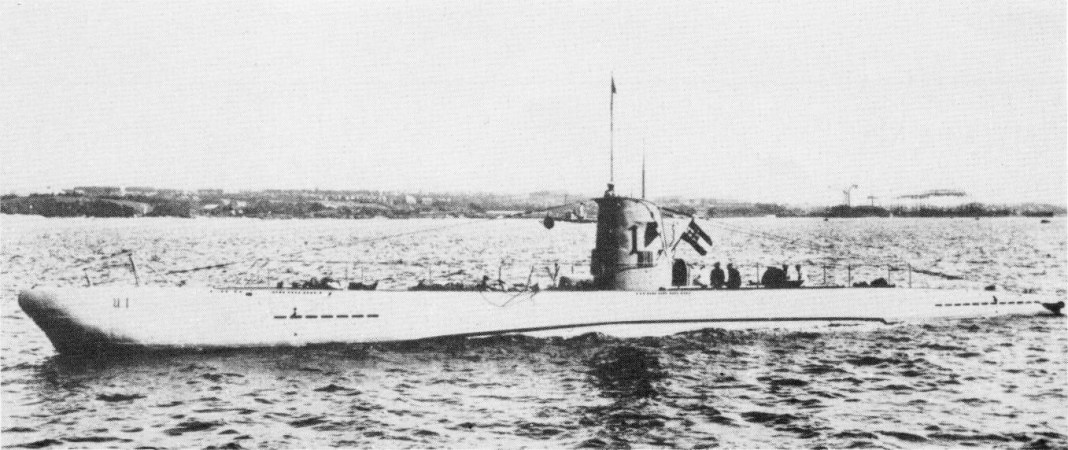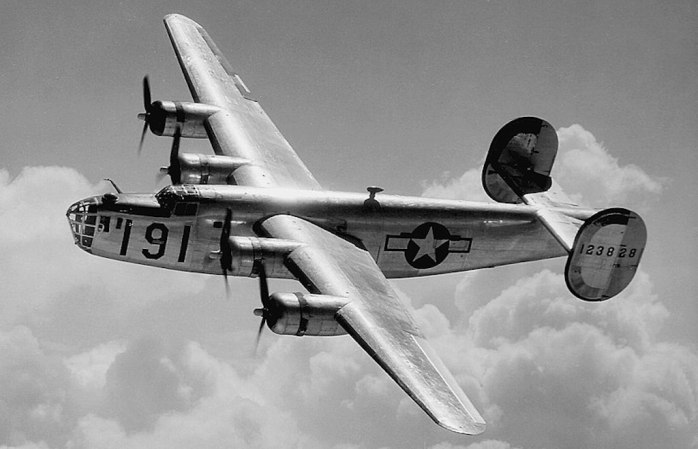If you jumped into a time machine and found yourself at a recruiting office during World War II, what job would be safest to sign up for? While most people hoping to stay alive would just pick “anything but infantry,” there were actually other jobs that proved to be even more dangerous. Here are a few examples:
1. Ball turret gunners

Ball turret gunners flying over enemy targets had one of the war’s most dangerous jobs. In addition to the standard fears of being shot down, these gunners had to deal with the fact that they were dangling beneath the aircraft without any armor and were a favored target of enemy fighters.
Worse, their parachute didn’t fit in the ball and so they would have to climb into the plane and don the chute if the crew was forced to bail out. They were also more exposed to the elements than other aircrew members. Turret gunners oxygen lines could freeze from the extremely low temperatures.
2. Everyone else in the airplane

Of course, all aircrews over enemy territory had it bad. While planes are often thought of us a safe, cush assignment these days, it was one of the most dangerous jobs in World War II. Deadly accurate flak tore through bomber formations while fighters picked apart aircraft on their own.
And crews had limited options when things went wrong. First aid was so limited that severely injured crewmembers were sometimes thrown from the plane with their parachute in the hopes that Nazi soldiers would patch them up and send them to a POW camp. Flying over enemy territory in any aircraft was so dangerous that paratroopers actually counted down until they could jump out and become safer.
3. Merchant mariners

The military branch that took the worst losses in World War II is barely considered a military branch. The Merchant Marine was tasked with moving all the needed materiel from America to Britain, Russia, and the Pacific. While U.S. papers often announced that two Merchant Marine ships were lost the previous week, the actual losses averaged 33 ships per week.
One out of every 26 mariners died in the war, a loss rate of 3.85 percent. The next closest service is the Marine Corps which lost 3.66 percent of its force to battle and noncombat deaths. If the Air Force had been a separate service in World War II, it would likely have been the only service to suffer as horrible losses as the guys who were delivering the mail.
4. Submariners

Submariners had to descend beneath the surface of the ocean in overpacked steel tubes, so how could the job be any more dangerous than you would already expect? First of all, torpedoes were prone to what is called a “circle run.” It happens when a torpedo drifts to one side and so goes in a full circle, striking the sub that fired it.
If that didn’t happen, the sailors still had to worry about diesel fumes not venting or the batteries catching fire. Both scenarios would end with the crew asphyxiating. That’s not even counting the numerous mechanical or crew failures that could suddenly sink the vessel, something the crew of the USS Squalus learned the hard way.
5. Field-telephone layers and radio teams

Most soldiers know you should aim for the antennas on the battlefield, and that made a common POG job one of the most dangerous on the front lines in World War II. The antennas belonged to forward observers and commanders, so snipers homed in on them.
Similarly, cable was laid so leaders could speak without fear of the enemy listening in. The “cable dogs” tasked with running the telephone wires would frequently be shot by snipers hoping to stop enemy communications. Similarly, both radio carriers and cable dogs were targeted by planes and artillery units.







